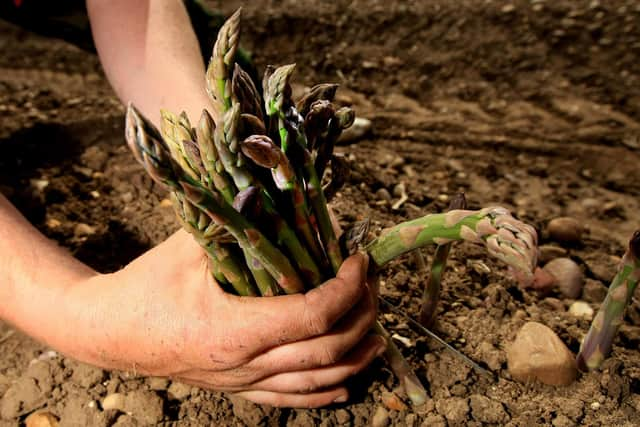Bopeas: There's a new subculture in town, sorry, the countryside
They have been described as descendants of the post-war subculture groups including the hippies and the yuppies.
But while their predecessors flourished in urban environments, this new coterie is all about rural living.
They are “the Bopeas” – Bohemian peasants.
Advertisement
Hide AdAdvertisement
Hide AdThey are downwardly mobile creative types who can’t afford to replicate their parents’ lifestyle, or buy houses in the big city, so they are just waiting until their relatives’ deaths to inherit, says Louis Elton in UnHerd.
The anthropologist references French economist Thomas Piketty who describes this pattern as the return to the “inheritance society” that has been the norm for most of history.
But rather than burning out by taking on multiple side hustles and living a face-paced urban life while waiting, the Bopeas are developing new ways to build a life without the need to accumulate material goods.


They are different to Cottagecore, a trend on TikTok, and which is predominantly an internet aesthetic popularised by young people celebrating an idealised rural life online (and whose genuine rural connections are a little dubious).
Herd describes Bopeas as drawing inspiration “from the bohemian ethos of artistry, non-conformity and self-expression,” but at the same time, they are wary of the “narcissistic excesses of bohemianism, and enjoy a neo-medieval peasant worldview rooted in community values, rituals and natural rhythms.”
Apparently they are diverse in demographics and geography, but united by a shared mindset.
The movement is all about being “hyper-local” with taste – there’s no obvious uniform like the white sneaker or the token craft beer choice.
And unlike their Yuppie success-obsessed peers, these little bo peeps want to “flourish holistically” and “feel in tune with their bodies.”
Advertisement
Hide AdAdvertisement
Hide AdActivities on the agenda often include wildswimming, sitting in saunas and knitting.
They like fermenting foods for gut health and tend to follow rewildling initiatives; though they are rarely hardline when it comes to politics.
This modern serfdom has been described as a kind of “post-internet Arts and Crafts movement”, reacting against the booming tech start-up culture and life online.
They are responding to consequences of mass consumerism, a crisis scientist Peter Turchin calls “elite overproduction.”
In place of John Ruskin and William Morris, Bopeas have Taylor Swift, whose recent aesthetic goes heavy on knitted cardigans and forests.
They have King Charles with his “tireless environmentalism” and “mystic outlook”, and other “Bopea elders” include Jeremy Clarkson, who started his own farm, and Tilda Swinton, who set up a Steiner school in rural Scotland where “phones are banned and children must learn to care for bees”.
There is a chance, in this capitalist culture, corporations may capitalise on the Bopeas way of being, rather like what happened with the hippy movement.
But Herd concludes they seem “more robust than their ancestors.”
Advertisement
Hide AdAdvertisement
Hide AdHe said this new paradigm in culture and consumption “is more than just a set of aesthetics and practices that you can trade in and out of, but rather a mindset inspired by a hunger for timelessness.”
Comments
Want to join the conversation? Please or to comment on this article.
